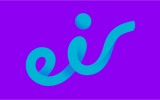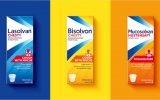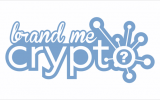The Art of Logo Creation: How Design Agencies Bring Brands to Life

In today's competitive market, a strong brand identity is essential for businesses to stand out.
At the heart of this identity is a logo – a visual representation that encapsulates the brand's values, mission, and essence.
And a digital design agency very often plays a pivotal role in crafting these logos, blending creativity with strategy to produce symbols that resonate with audiences.
The Importance of a Well-Designed Logo
First Impressions Matter
A logo is often the first thing a potential customer notices about a brand. It can convey professionalism, trustworthiness, and the brand’s unique personality at a glance. A well-designed logo makes a powerful first impression and can set the tone for the consumer’s entire experience with the brand.
Brand Recognition
Over time, a logo becomes synonymous with the brand itself. Think of the golden arches of McDonald's or the swoosh of Nike – these logos are instantly recognisable and evoke specific emotions and memories. A strong logo fosters brand loyalty and makes it easier for customers to recall the brand in a crowded marketplace.
Differentiation in a Crowded Market
A unique logo helps a brand stand out in a saturated market. It differentiates the brand from competitors and can highlight what makes the brand unique. An effective logo not only attracts attention but also communicates the brand’s distinct value proposition.
The Role of Design Agencies
Expertise and Experience
Design agencies bring a wealth of experience to the table. Their teams often include graphic designers, brand strategists, and market researchers who collaborate to create effective logos. This multidisciplinary approach ensures that the logo is not only visually appealing but also strategically sound.
Understanding the Brand
Before beginning the design process, agencies immerse themselves in the brand’s world. This includes understanding the target audience, brand values, market position, and long-term goals. This deep dive allows them to create a logo that truly reflects the essence of the brand.
Creative Process
The logo creation process is both an art and a science. Agencies start with brainstorming sessions, sketching ideas, and creating prototypes. They experiment with colours, fonts, and shapes to find the perfect combination. This stage involves a lot of creative exploration and innovation.
Feedback and Iteration
Design is an iterative process. Agencies present several concepts to the client, gather feedback, and refine the designs until the client is satisfied. This collaborative approach ensures the final logo aligns with the brand’s vision. Continuous feedback helps in perfecting the logo to meet the client’s expectations.
The Steps in Logo Creation
Research and Discovery
Understanding the industry, competitors, and target audience is crucial. Agencies conduct thorough research to ensure the logo is relevant and impactful. This phase lays the foundation for a logo that is both distinctive and meaningful.
Concept Development
Based on the research, designers develop several concepts. These are presented as sketches or digital drafts. This stage involves exploring various design directions and identifying the most promising ideas.
Design and Refinement
The chosen concept is refined and perfected. This stage involves selecting the right colours, typography, and design elements. Designers work on the finer details to ensure the logo is visually harmonious and aligned with the brand’s identity.
Finalisation and Delivery
Once the design is approved, the agency creates the final logo files. These are provided in various formats for use in different mediums, such as websites, business cards, and advertisements. The final delivery ensures that the logo can be effectively used across all brand touchpoints.
Case Studies of Successful Logo Designs
Apple
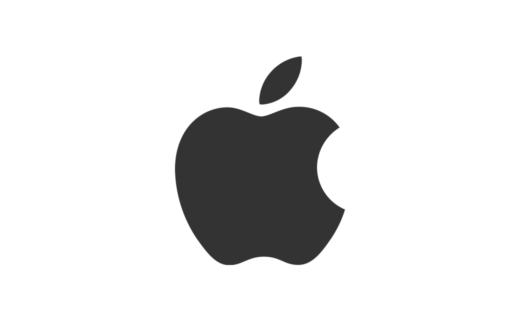
The evolution of Apple’s logo from a detailed illustration to the iconic minimalist apple with a bite taken out exemplifies the power of simplicity in design. The current logo is sleek, modern, and instantly recognisable, reflecting Apple’s brand values of innovation and elegance.
FedEx
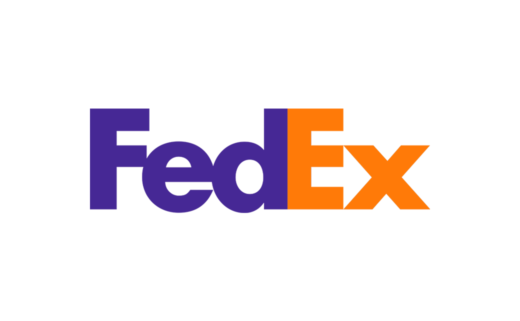
The FedEx logo cleverly uses negative space to create an arrow between the 'E' and 'X', symbolising speed and precision. This subtle yet powerful design element reinforces the brand’s promise of fast and reliable delivery.
Coca-Cola
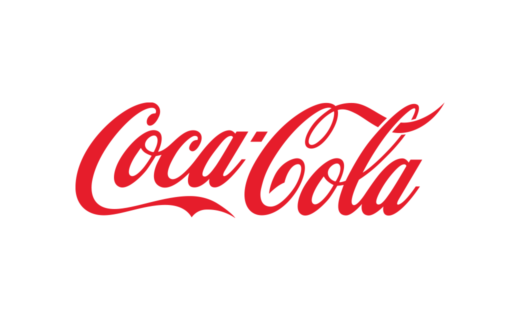
Coca-Cola’s logo has remained largely unchanged since its creation, showcasing the timeless appeal of a well-designed logo. The classic script font and distinctive red colour have become iconic, symbolising the brand’s heritage and global presence.
Conclusion
A well-crafted logo is more than just a pretty picture; it’s a strategic asset that can drive brand recognition and loyalty. Design agencies, with their blend of creativity and market insight, are essential partners in bringing these logos to life.
By understanding the brand and its audience, they create symbols that not only look good but also tell a compelling story. Through their expertise and iterative process, design agencies ensure that logos serve as powerful tools for communication and brand differentiation.



